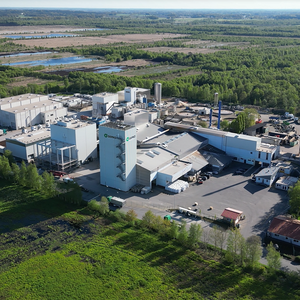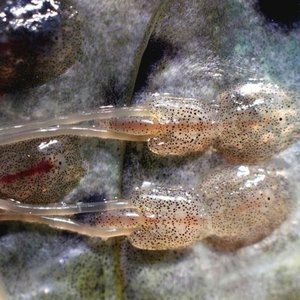The latest news from the Climate Prediction Center and the International Research Institute for Climate and Society, is that sea surface temperatures (SST) anomalies were around +1.0°C in the central equatorial Pacific Ocean, and in excess of +2.0°C across the eastern Pacific in July.
SST anomalies increased in the Niño-3 and Niño-3.4 regions, while the Niño-4 and Niño-1+2 indices decreased slightly during the month. Positive subsurface temperature anomalies strengthened in the central and east-central equatorial Pacific during the month. The atmosphere remained coupled to the oceanic warming, with significant low-level westerly wind anomalies continuing from the western to east-central equatorial Pacific, along with anomalous upper-level easterly winds. In addition, the traditional and equatorial Southern Oscillation Index (SOI) were both negative, consistent with enhanced convection over the central and eastern equatorial Pacific and suppressed convection over Indonesia. Collectively, these atmospheric and oceanic features reflect a significant and strengthening El Niño.
All models surveyed predict El Niño to continue into the Northern Hemisphere spring of 2016, and all multi-model averages predict a strong event at its peak in late fall/early winter. At this time, the forecaster consensus unanimously favors a strong El Niño, with peak 3-month SST departures in the Nino 3.4 region potentially near or exceeding +2.0°C. Overall, there is a greater than 90% chance that El Niño will continue through Northern Hemisphere winter of 2015-16, and around an 85% chance it will last into early spring 2016.
Across the United States, temperature and rainfall impacts associated with El Niño are expected to remain minimal during the remainder of the Northern Hemisphere summer and increase into the late fall and winter. El Niño will likely contribute to a below normal Atlantic hurricane season, and to above-normal hurricane seasons in both the central and eastern Pacific hurricane basins.










